| Newsletter - 2007 Archive |
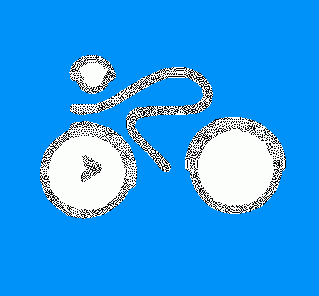
|
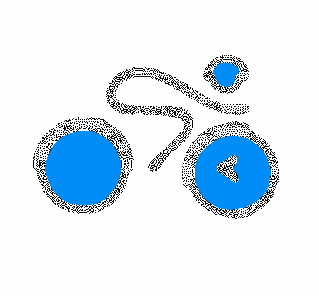
|
Cycling Club |
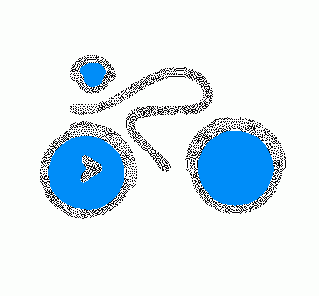
|
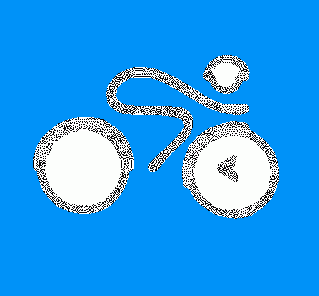
|
| Newsletter - 2007 Archive |

|

|
Cycling Club |

|

|
Next--->
|
Sign Language Frequently encountered objects during populaires, fleches and brevets include road signs and symbols. There are of course many of them, speaking to us silently, visibly trying to get across messages as we 'eat' the kilometers of pavement between start and finish. Many signs show distances to the next town, village or control. Then there are advertising signs that attempt to influence our behaviour, so much that one author, Catherine Gudis, has renamed highways 'buyways' in her book "Buyways: Billboards, Automobiles and the American Landscape" New York: Routledge 2004. We are bombarded with and by them in our quest to enjoy what lies behind them: the landscape. And let's face it, these huge billboards are really 'boarding-up' the landscape. Sometimes, as one ponders the meaning of these signs and considers them differently, the right side of the brain may play tricks on the left side of that same organ. We call this mind games! So here are a few observations on traffics signs I've encountered during my brevets. Some signs provide a distinct sense of relief as one is about to experience a 'hee- haw' moment. Sign 1: 8% grade coming up, going down. 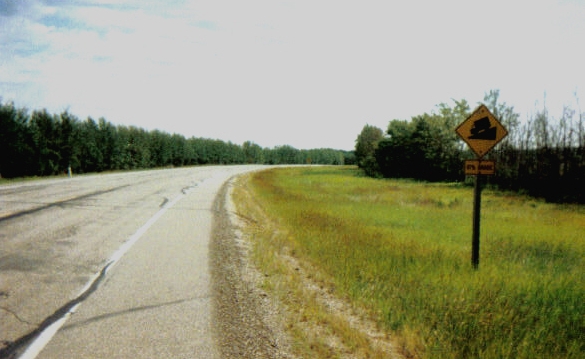 At speeds of 60-80 kph the adrenaline rush usually does not last long enough. Unfortunately, I might add. Not to worry though, there is always a new challenge at the bottom of the hill. Hills have to be approached from two sides: philosophically and reality. Speaking from the former, one needs to consider that in reality every hill has also two sides: an uphill and a downhill. Or if you prefer a downhill and an uphill. The upside of the former is that after every upside there is a downside, and the downside of the latter is that after every downhill there is an uphill. It is that simple one thinks, but think again. Consider the 8% downhill grade followed by the uphill Sign 2: Slower Traffic Keep Right.
And then finally there it is: relief ahead with Sign 3: Right Lane Ends in 200 m. 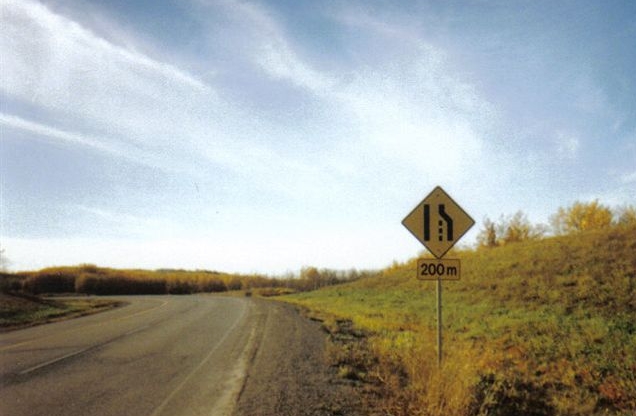 You are so happy that you may be tempted to get off the bike and hug the sign. Maybe hold off of bit until you are really there at Sign 4: Right Lane Has Ended! 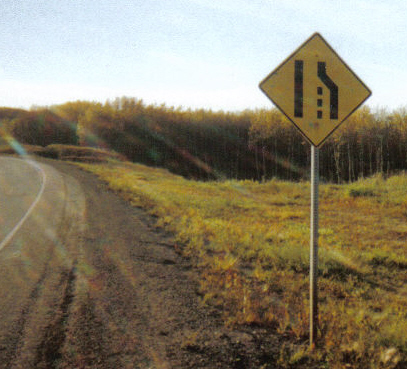 Time to get off the bike and do what you wanted to do 200 meters ago, a bit down there: hug the sign. You've made it. Another hill done! And happily you remount and continue, until you see Sign 5 ahead of you. 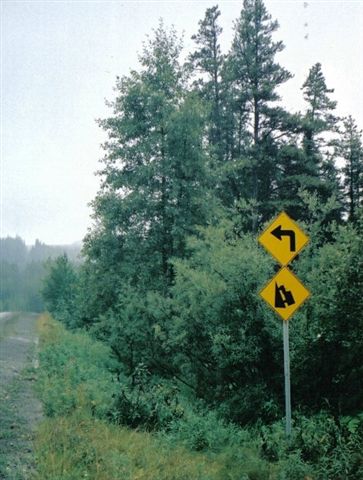 Now what? What to make of this one? You may shake your head and wonder (a) which side your brain is on; (b) which road you're on; ©) whether the laws of gravity gave been changed? (d) whether your have lost it all; or (e) all of the above? Then you realize that in randonneuring everything is possible and nothing impossible. Keep on cycling and enjoy the quirks of the road. ____________________________ Note: Sign 5 was posted on a road just south of Tumbler Ridge, B.C.
October 27, 2007 |
_